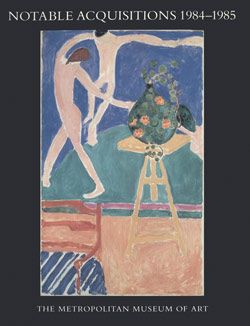Landscape with Pavilion
Kenkō Shōkei 賢江祥啓 Japanese
Inscription by Tōgen Zuisen 桃源瑞仙 Japanese
Not on view
A Chinese gentleman lounges against the parapet of a remote lakeside pavilion, his gaze captured by a waterfall plunging from precipitous peaks far above. The poetic inscription brushed by Tōgen Zuisen, a prominent Zen monk, ties the painted image to an ancient Chinese hermit who famously turned down a position at court in favor of spending his days fishing in isolation. Tōgen was an acquaintance of the artist, Kenkō Shōkei, a fellow Zen monk who journeyed from Kamakura to Kyoto in 1478 to study Chinese painting for three years. During that time he created this landscape, his earliest known datable work, in the style of the Chinese painter Xia Gui (active ca. 1195–1230), whose pictures he had probably only just encountered for the first time in Kyoto.
On view from March 8, 2021–August 8, 2021
Due to rights restrictions, this image cannot be enlarged, viewed at full screen, or downloaded.


